Weighing a semi-truck and trailer is not just a routine task; it’s an essential aspect of trucking operations. Proper weight measurement ensures compliance with regulations, promotes road safety, and maximizes efficiency. In this guide, we will delve into the methods, tools, and best practices for accurately weighing a semi-truck and trailer, providing you with the knowledge necessary to optimize your logistics operations.
Understanding Weight Classifications
Before diving into the specifics of weighing semi-trucks and trailers, it’s essential to familiarize ourselves with key weight classifications:
1. Gross Vehicle Weight (GVW)
This refers to the total weight of the vehicle, including the truck, trailer, and all cargo. It’s crucial for compliance with weight regulations.
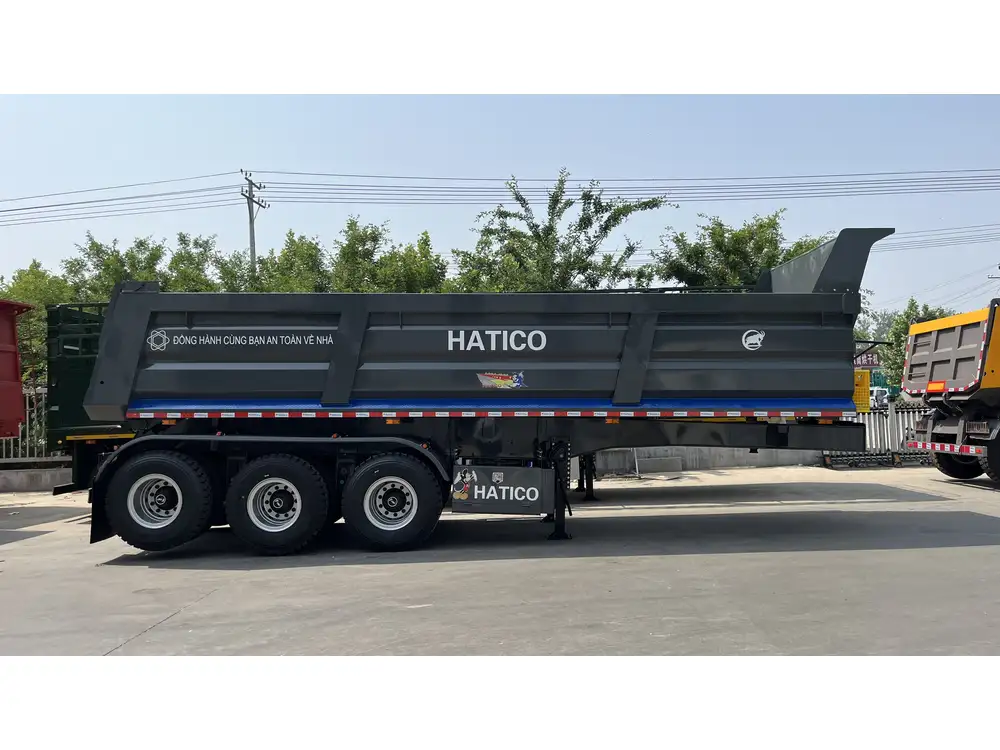
2. Gross Combination Weight (GCW)
GCW is the combined weight of the truck and any attached trailers, plus the cargo inside both.
3. Payload Capacity
This is the maximum weight a vehicle can carry, factoring in the truck’s and trailer’s weight limits and the driver’s weight.
4. Axle Weight
Axle weight measures the load distributed across the vehicle’s axles and is vital for ensuring that trucks do not exceed state and federal limits.
| Weight Classification | Description |
|---|---|
| GVW | Total weight of the vehicle and cargo |
| GCW | Combined weight of truck and trailer |
| Payload Capacity | Maximum carry weight, including passengers |
| Axle Weight | Load distribution across each axle |

Why Weighing is Important
Understanding the importance of weighing a semi-truck and trailer helps to underscore its significance in everyday operations.
- Compliance: Each state and federal jurisdiction has specific weight regulations to mitigate roadway wear and improve safety.
- Safety: Overloaded vehicles can lead to increased stopping distances, compromised vehicle control, and potential accidents.
- Fuel Efficiency: Underdogging can result in fuel inefficiency. A properly weighted vehicle optimally utilizes fuel resources, minimizing operational costs.
- Preventive Maintenance: Regular weight checks can help identify issues such as uneven tire wear, which may signal misalignment or mechanical problems.
Methods to Weigh a Semi-Truck and Trailer
1. Using a Certified Weigh Station
Certified weigh stations are equipped with platforms that accommodate semi-trucks and trailers, providing accurate measurements for GVW and axle weights. Here’s a simple process to follow:
- Locate: Identify a nearby certified weigh station using resources such as truck stop directories or navigation apps.
- Prepare: Approach the scale slowly, ensuring that the entire truck and trailer are on the weighing platform.
- Follow Instructions: Many weigh stations have specific stop signs or signals. Watch for these instructions as you maneuver onto the scale.
- Obtain Printed Weight Ticket: After weighing, collect a printed weight ticket that documents your vehicle’s weight.
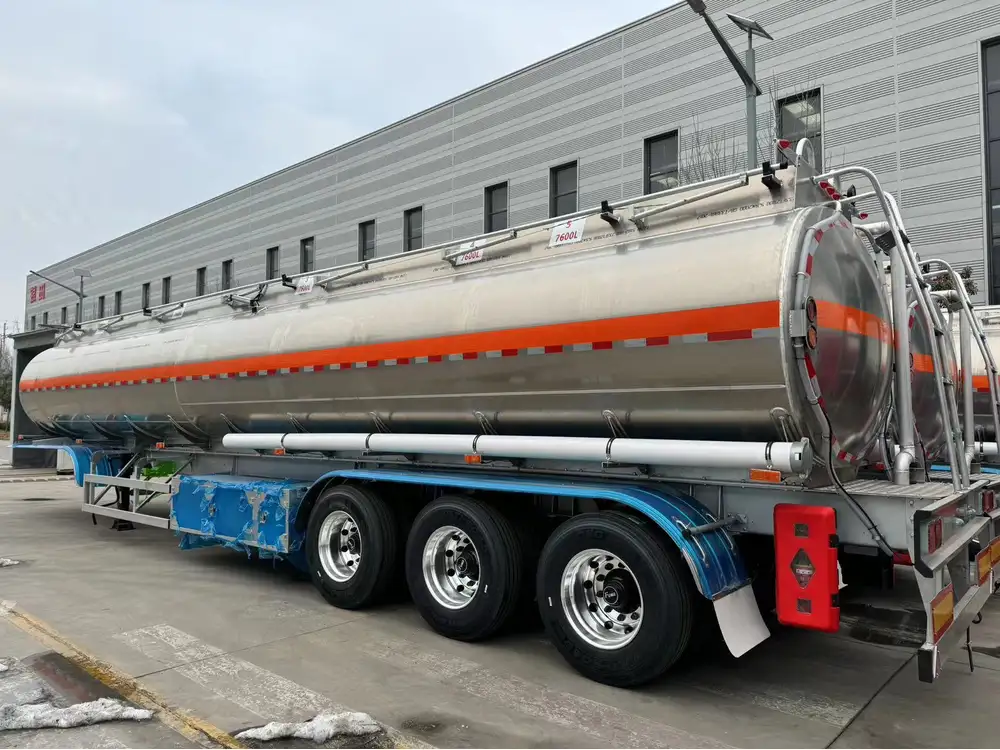
2. Portable Weighing Systems
For fleet managers seeking flexibility, portable weighing systems can be an excellent investment. These systems usually use computerized sensors and can often provide real-time data. Here’s how to use them effectively:
- Setup: Place the portable scales beneath the vehicles’ tires in accordance with the manufacturer’s guidelines.
- Calibration: Ensure scales are calibrated before weighing. Most systems come with a calibration checklist.
- Record Readings: Take note of the displayed weights for further analysis and recordkeeping.
3. Load Cells and Weighing Pads
Load cells and weighing pads offer another method for weighing semi-trucks and trailers with high precision. Often used in controlled environments like warehouses, they can also be user-friendly in outdoor settings.
Step-By-Step Guide:
- Positioning: Position weighing pads under the truck’s tires, ensuring they are stable and on level ground.
- Tare Weight: If possible, take note of the tare weight (the weight of the empty truck) separately.
- Weigh: Drive onto the pads and wait for the reading to stabilize. Record the weight.
- Calculate: Subtract the tare weight from the gross weight to determine the payload.

4. Payload Management Systems
In today’s technological age, advanced payload management systems integrated into the truck’s onboard management software offer digital solutions for real-time weight monitoring.
Advantages:
- Instant Feedback: Provides continuous updates on the load while driving, minimizing the risk of exceeding weight limits.
- Data Recording: Many systems store data for historical analysis, assisting in operational planning and decision-making.
Best Practices in Weighing

1. Know the Limits
Familiarize yourself with your truck and trailer’s weight limits and legal weight restrictions for each route. This knowledge empowers drivers to make informed decisions during loading.
2. Distribute Weight Evenly
Ensure that cargo is distributed evenly across the trailer to avoid overweight on any specific axle, which can lead to accidents or penalties.
3. Regular Weighing Schedules
Establish a regular schedule for weighing your vehicles, especially after major load shifts or cargo changes. It assists in maintaining compliance over time.
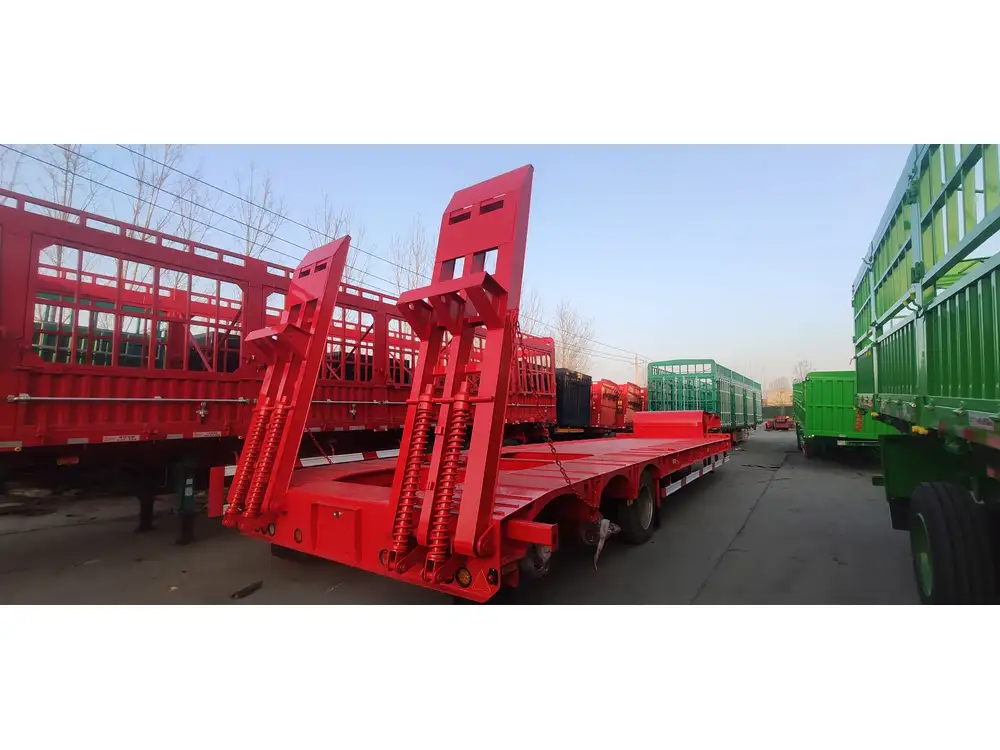
4. Use Technology to Your Advantage
Invest in technology that can assist in weighing and monitoring loads, from electronic load scales to GPS systems that track weight, ensuring you’re always compliant.
5. Communication with Shippers
Communicate with shippers to optimize load planning, thereby preventing overweight issues before hitting the road. Clear dialogue can lead to better weight distribution and packing methods.
Common Questions Regarding Weighing Semi-Trucks and Trailers
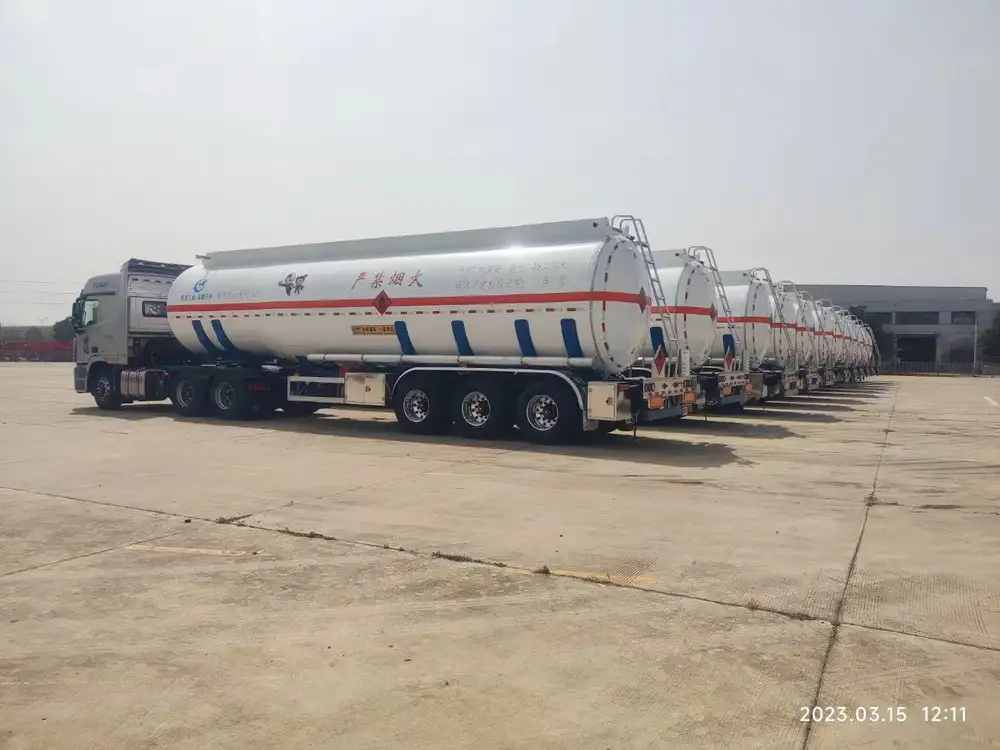
Q1: How do I find local weigh stations?
Local weigh stations can typically be found utilizing apps or websites dedicated to trucking routes, as well as GPS navigation tools that indicate weigh station locations.
Q2: What is the typical weight limit for a semi-truck?
The federal weight limit for a semi-truck (including the trailer) is commonly 80,000 lbs across most highways in the U.S., but this can vary by state and road conditions.
Q3: What happens if I am overweight?
Being overweight can result in fines, roadside inspections, and potential safety hazards. Regular checks help mitigate these risks.
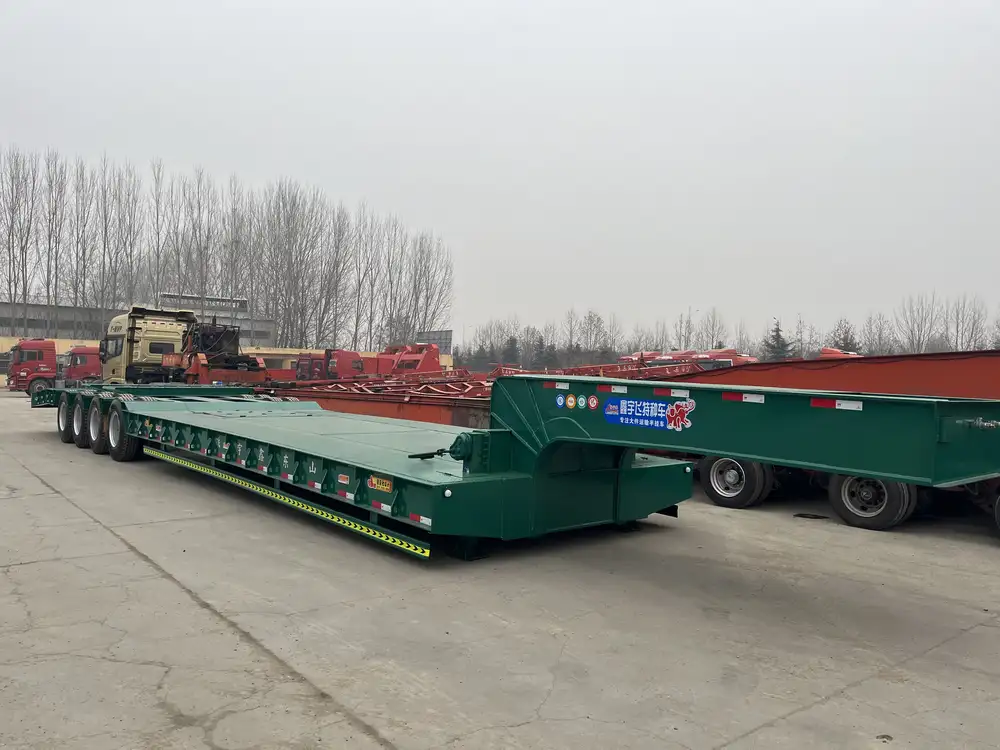
Q4: Can I weigh my truck and trailer while loaded?
Yes, it’s essential to weigh your truck and trailer when loaded to ensure compliance with weight regulations.
Q5: How often should I be weighing my vehicles?
Regular weighing should accompany any significant change in cargo or after each trip to ensure ongoing compliance.
Summary
Weighing a semi-truck and trailer is an essential practice for safe and efficient trucking operations. By employing various weighing methods—from certified weigh stations to modern payload management systems—we can ensure compliance with federal and state regulations, maximize operational efficiency, and maintain road safety. Adopting best practices such as regular checks, even weight distribution, and leveraging technology will bolster your commitment to safe and effective transportation.
Navigating the complexities of weight management in the trucking industry is imperative for success. It requires diligence, foresight, and unwavering attention to detail. By implementing the strategies discussed, you can significantly improve your operations and contribute to a safer, more efficient trucking environment. Adjusting your practices today can pay off immensely in the long term—both for your fleet and the wider community.



